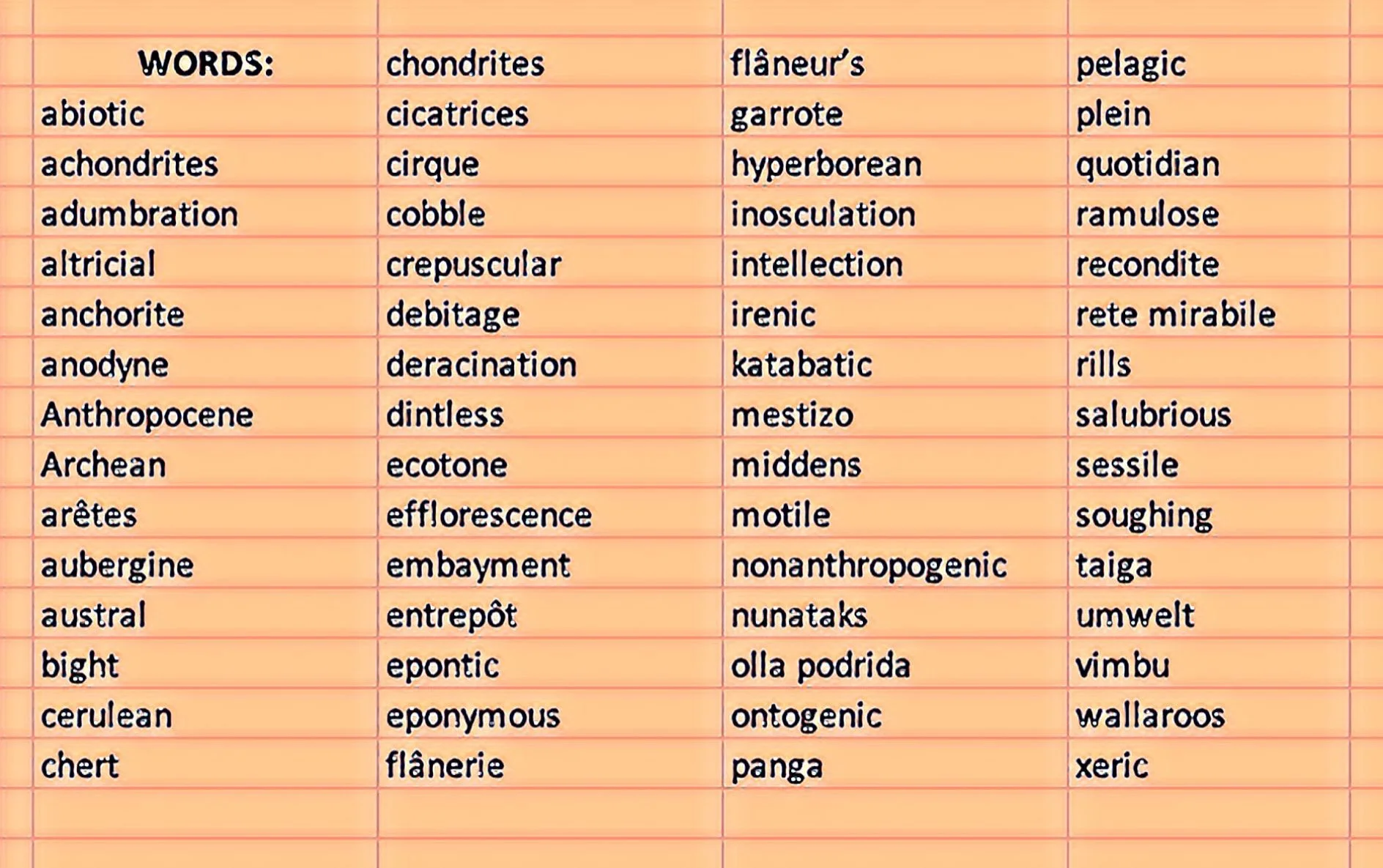Mark Kurlansky's "PAPER: PAGING THROUGH HISTORY"
Book review by Dennis D. McDonald
My earliest memories of paper are my dad bringing home discarded 8 1/2 x 11 sheets of pastel paper from his office. I used it for drawing and remember sitting outside during grade school recess to draw pictures of airplanes when the other kids were playing games.
I still love paper and continue my fascination with the feeling of writing or drawing on paper. I often hand write letters to friends and family and intend to do so for as long as I can hold a fountain pen.
Kurlansky‘s book is a fascinating account of how paper, technology, communication, and society have evolved since thousands of years BCE. This focus begins in Asia and the Middle East and traces the use of paper over the millennia. His underlying theme is that technology does not change society. Instead he makes the case for society evolving and creating needs that technology fills.
In this book the technologies at issue are those associated with a manufacturing of paper from various natural and man-made materials, and also printing. The time periods and cultures covered by this book are vast and sprawling with forays to and from Asia, the Middle East, and the Americas. He does not neglect today’s digital revolution and comes down squarely on the idea that use of paper will not soon disappear.
One charming aspect of this book is that it concludes with a review of the current state of handmade paper making in Japan. The industry is much reduced from its dominance before the rise of machinery in manufacturing. Stubborn individual papermakers labor on to this day while catering to niche applications such as painting and other art forms.
If there’s a downside to this book it’s that I listened to a downloaded audio recording borrowed from my public library here in Alexandria Virginia. All the author’s descriptions of paper making and evolving machinery are quite vivid but I did develop a need to see pictures and diagrams of the various processes and machines and how they impact paper textures and surfaces.
Review copyright (c) 2021 by Dennis D. McDonald






























